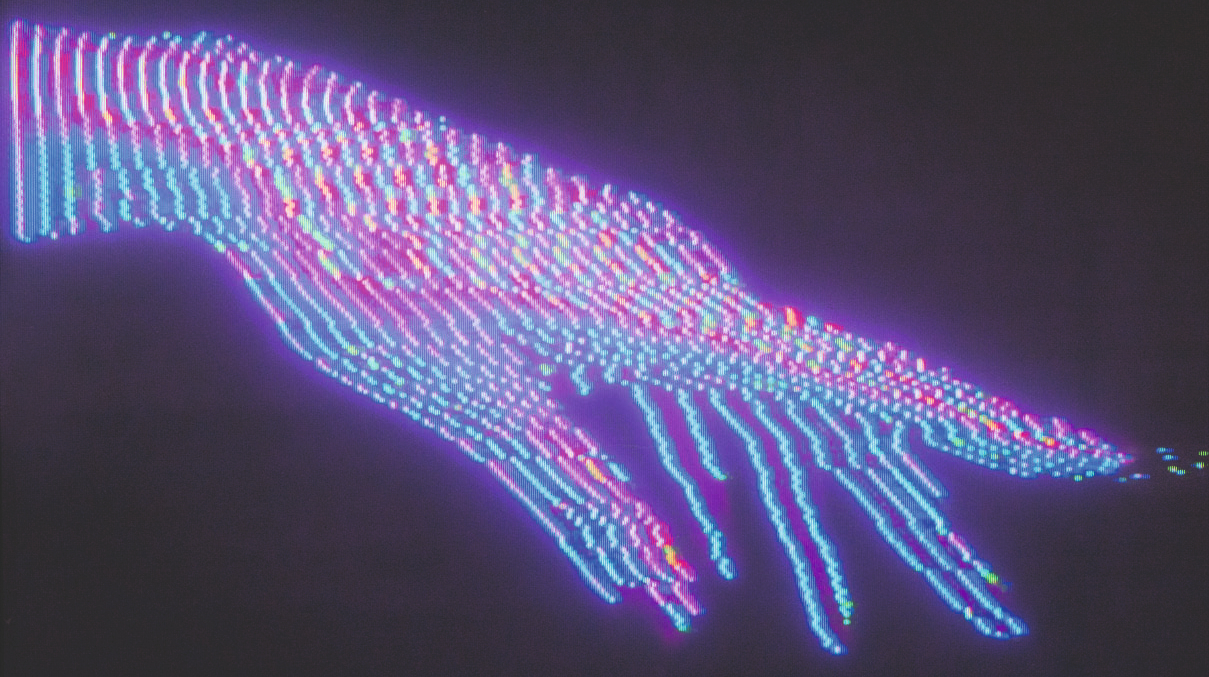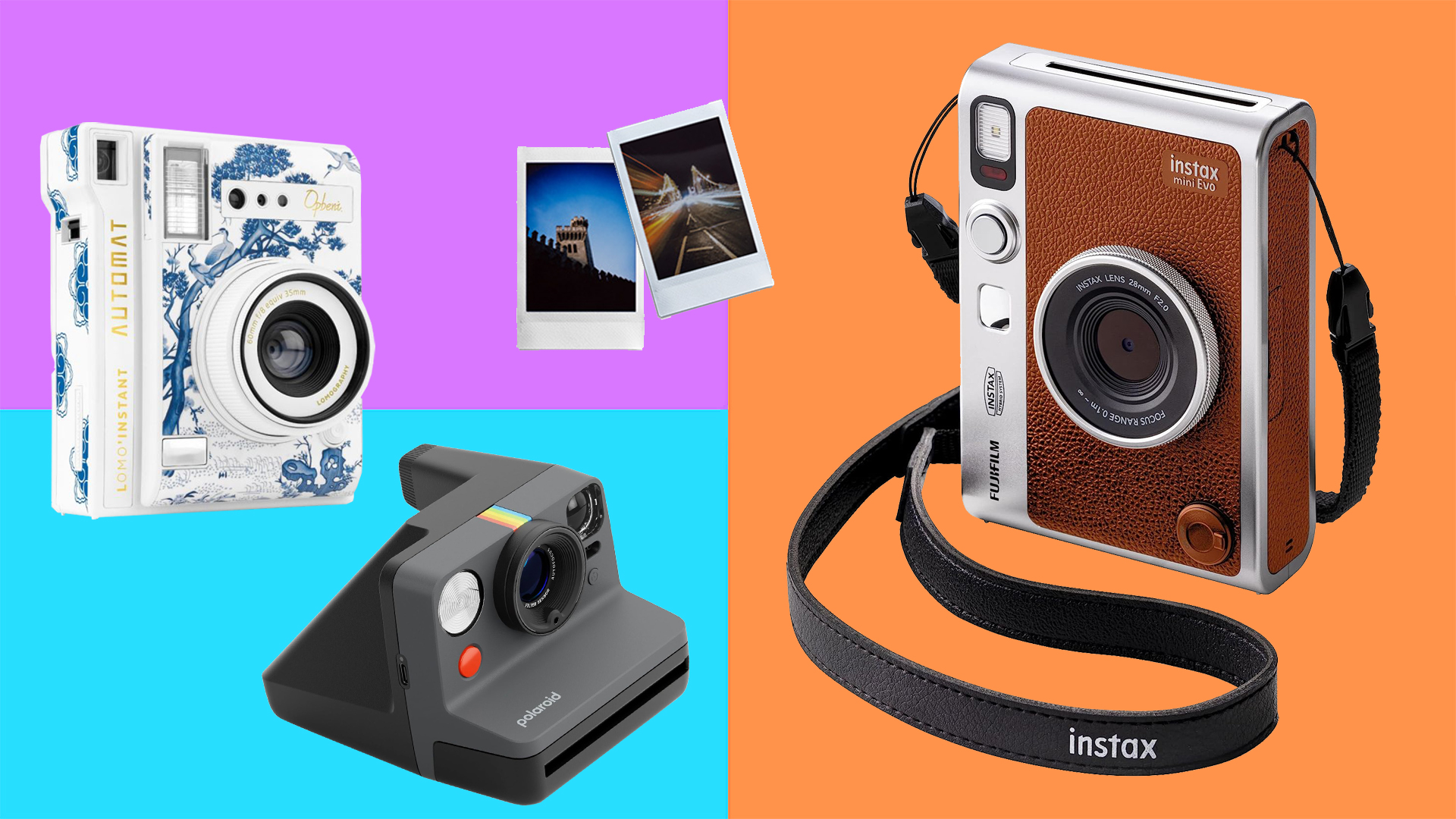How to make a music video
Discover the experts' VFX secrets of how to make a cutting edge music video.

So, you're wondering how to make a music video? It's an art form that's embedded into our popular culture, as musicians have been using music videos to promote their songs and further their artistic vision for decades. With the ever-increasing democratisation of tools and software, CG and VFX are becoming more and more prevalent in the art form. We've gathered music video pioneers to discuss their craft and provide a backstage pass to some of the most innovative VFX in music videos.
With all that in mind, let's see how CG and VFX can enhance a music video. You can also check out our pick of the best animated music videos.
01. Understand that music and visuals are connected

“Music and visuals have always complemented each other and been closely connected,” says multi-disciplinary artist Polygon. “I have a strong impression that today, we’ve finally come to this realisation that the visual aspect has become as important as the music itself, if not more. There’s a real symbiosis between these mediums now.”
He adds that in today’s world it would be inconceivable for an artist to promote their latest release without any visual support. “Music videos prevail as a promotional tool,” he continues, “they are the most-viewed type of video on YouTube and superstars have no trouble exceeding a hundred million views or even a billion.”
02. Push the boundaries
Aside from working with some of the biggest brands around, The Mill has made a name for itself by pushing the boundaries of VFX in music videos. Bringing a musician’s vision to life comes with its own set of challenges, including time and budget. Dan Warom, crowds supervisor at The Mill in Los Angeles, explains: “Film and TV post-production typically have significantly longer development cycles as well as larger budgets. Music videos often have much smaller budgets and as such tend to require some pretty creative uses of technology.”
Music videos are often experimental in their visuals, meaning creative briefs aren’t always geared towards photorealism. “Motion graphics and design tend to become a much larger focus versus the more traditional approaches of VFX or animated features,” adds Warom. With these considerations in mind, The Mill has to assess the creative value of every potential project. “This can come down to the idea, a director we’re keen to work with and support, a track or performer who we feel is going to get a lot of exposure, or a project which enables us to push one of our up and coming artists,” adds Jonathan ‘Wes’ Westley, executive creative director at The Mill in London.
03. Collaborate with you fellow creatives

“One of the main differences is the amount of creative involvement the team of artists have on music videos,” explains Westley. “On all projects we push to work closely with the directors from pre-production, through the shoot, up until the end of the post process. But on music videos, given that there tend to be fewer people involved in the approval process, we often find that they offer more opportunity for collaboration.”
Daily design news, reviews, how-tos and more, as picked by the editors.
Wes and the team at The Mill embraced this collaborative nature when they worked with film directing partnership Dom&Nic on a video for The Chemical Brothers’ single Free Yourself. “We were involved in that project from the very beginning,” recalls Westley. “The initial conversation we had with Dom and Nic was about doing a music video full of robots who just want to dance.”
The Mill’s concept team dreamt up numerous designs for the robots, while testing began on the Xsens motion-capture suit, a crucial part of the project’s success. “We were keen to use new motion-capture technology,” explains Westley. “As well as enabling us to easily capture performance on set, it also allowed us to capture additional performances at The Mill once the video had been shot and the VFX process was underway.”
04. Don't be afraid to go big
Warom and the team at The Mill in Los Angeles were recently approached by the directors to work on the video for Ooh La La by hip-hop duo Run The Jewels. “We discussed ideas that the artists themselves had suggested and then explored those over several meetings,” Warom explains, “essentially providing technological oversight to evaluate what would be possible, what would look awesome and what, if anything, could be something nobody had ever seen before.”
Having recently completed a project for Pepsi at the 2020 Super Bowl that used similar techniques, The Mill chose to take things further for the Ooh La La music video. “This primarily involved using an Xsens Link motion-capture suit on set with a dancer performing choreography while the capture team recorded all that motion for use with our CG crowds later,” recounts Warom. “Rob Wilson our dancer and Samo our choreographer did a fantastic job of not only capturing the end routine, but took the time to break down a whole range of classic hip-hop dance styles so we could bring more life and individuality to our CG dancers.” Each of the clips were then integrated using the team’s crowd software of choice, Golaem.
The Mill leveraged its huge collection of clothing assets, also creating a whole custom streetwear casting library based on a brief from the costume department. To help flesh out the world they also pulled a range of vehicular assets out of their internal library for the video’s helicopters and hot air balloons, giving their directors the ability to select the assets they wanted. “We also had to simulate fire and embers in many of the burning money pile shots,” says Warom. “These were completed in Houdini using its exceptional PyroFX toolset.”
05. Find your style
Multidisciplinary artist Polygon creates music videos in his own glitchy, distorted visual style. “Being a '90s kid and growing up through the 2000s, I witnessed a lot of changes from various kinds of media and mediums,” he explains. “I got to grow up while the transition from analogue technology to the digital era was happening: VHS players became DVD players, CRT TVs slowly got replaced by LCD screens, etc.” Polygon theorises that these shifts in technology have shaped the way he creates art today.
“Over the years, I’ve been trying to balance and intertwine analogue and digital through my work,” he continues. “When I first started, I was creating pieces that were entirely digital using software from the Adobe suite. It took no time for me to realise that emulating wouldn’t be enough for me. Next thing I knew, I was buying some analogue gear, CRT TVs, old VCRs and some video equipment used for broadcasting lying around on Craigslist. It was the spark that I needed; I knew that it was through circuit-bending that I was going to be able to truly achieve the aesthetic I was looking for.”
06. Experiment with different styles

It would take months of experimenting before Polygon’s technique would evolve into a coherent style. “Over the years, what used to be a cluster of colourful and abstract textures became distinct lines creating silhouettes; pieces of work that are now more figurative and are tied to the fantastic universe that I particularly enjoy,” he adds.
Until recently Polygon resisted digital post-production: “I’m rarely given boundaries when it comes to creating art, so I tend to set some for myself in order to keep artistically inspired.” Nowadays Polygon will experiment with glitch art software like Acid Cam, which he calls a gold mine for experimenting with digital glitches, and Lumen, which is primarily used by VJs creating geometric shapes. He continues: “everyone nowadays has access to a huge diversity of resources, and it can quickly become confusing knowing what to do and where to focus. That’s why I like to limit myself when it comes to what I work with and take full advantage of the few tools that I use.”
07. Get hands on
One of Polygon’s recent projects saw him work with genre-bending UK rock band Enter Shikari on the music video for their single The Dreamer’s Hotel. “I love working with Enter Shikari and their team because they’re always down for any kind of ideas that I’d come up with,” he explains.
When working on a VFX-heavy music video, Polygon starts by building a mood board, doing his best to explain his vision for the piece. “I try to assess the percentage of the physical effects versus those that will be edited digitally before starting to shoot anything,” he continues. “We rarely get a second chance on the day of the shoot, but it’s not uncommon for ideas to bloom when we are in the middle of filming or even in post-production.” When directing videos like The Dreamer’s Hotel, Polygon will make room in the schedule for improvisation, allowing him to achieve shots he may not have initially planned.
One of the video’s last sequences, which sees horizontal scrolling with digital feedback take over the screen, was conceived at the very end of the post-production process. “It was visually impacting and fit perfectly with the 90s vibe we were looking for,” adds Polygon. “The idea behind this video was, ‘if Enter Shikari had released this music video 30 years ago, what would it look like?’. We had some videos by Blur and Talking Heads as inspiration. We really wanted to capture this retro essence and I think people immediately understood what we were going for.”
This article was originally published in 3D World, the world's best-selling magazine for CG artists. Subscribe to 3D World.
Read more:
- Animated music videos: Awesome examples
- After Effects tutorials: Lessons to elevate your motion skills
- Amazing After Effects plugins

Brad Thorne was Creative Bloq's Ecommerce Writer, and now works for a PR company specialising in 3D and VFX, Liaison. He previously worked as Features Writer for 3D World and 3D Artist magazines, and has written about everything from 3D modelling to concept art, archviz to engineering, and VR to VFX. For Creative Bloq, his role involved being responsible for creating content around the most cutting-edge technology (think the metaverse and the world of VR) and keeping a keen eye on prices and stock of all the best creative kit.



